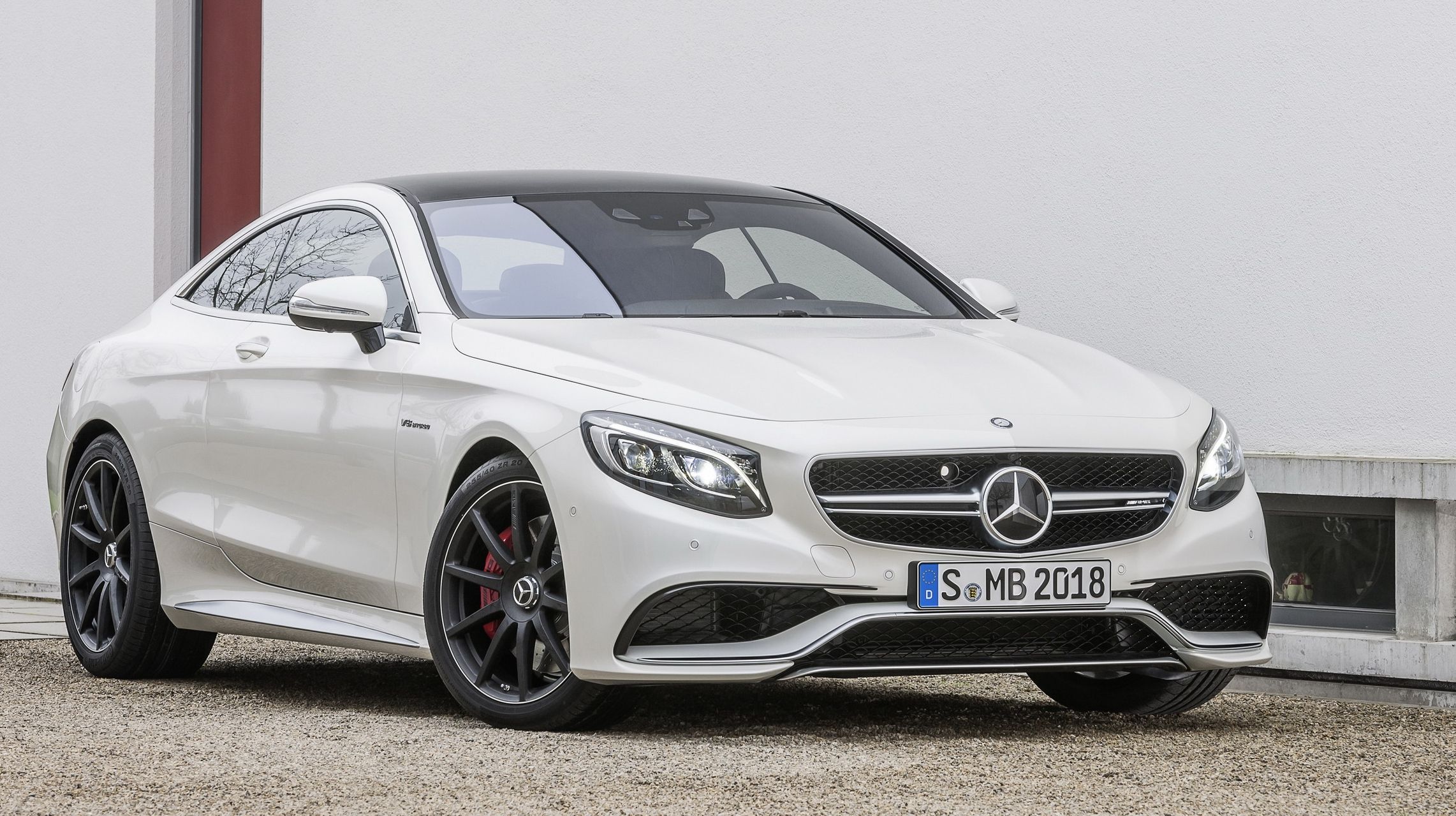Paddle-shift automatic transmissions, active adjustable suspensions, traction control systems, and active aerodynamics are all incredibly useful technologies available on road cars today, and they all have one thing in common; they were birthed, tested and perfected in Formula One->ke190 racing. According to a report from Drive, Mercedes->ke187 is looking to continue this tradition of racing technology enhancing street cars by bringing new e-turbo engines to market.
If you are unfamiliar with e-turbo technology and how it affects Mercedes' Formula One team, just take on quick look at the season results so far. In 2014, Mercedes has won almost every single race. Part of its success this year is that it has one of the most advanced and most powerful engines on the grid. A big part of that speed is down to the new e-turbo engines.
For the first time in more than two decades, turbocharging of Formula One engines has returned. While turbos can provide massive amounts of power from small engines, they also have a downfall usually referred to as "lag." To prevent lag the new Mercedes F1 engine uses a small electric motor to keep the turbocharger spinning when the exhaust gases are not flowing. This electric turbocharger system provides instant power and response from the turbo engine by keeping the turbo spinning, and now AMG->ke8 wants to use this same tech in road cars.
Click past the jump to read more about AMG's future plans.
More about AMG's future e-turbo engines
The basic idea behind the e-turbo is fairly simple and novel; use a small electric motor to help create boost pressure.
A turbocharger operates by using exhaust gases to spin a turbine. This turbine compresses the intake air for the engine, and with denser air, the engine can burn more fuel and create greater levels of power. By using a larger turbo you can create more boost, but the time it takes for the exhaust gases to spin the turbo up to operating speeds increases dramatically as the size of the turbo increases.
Rather than relying solely on the exhaust gasses to spin a turbine and produce boost, an electric motor can help keep the turbine spinning during low rpm driving and shifting. If you can keep the turbo spinning the lag effect of large turbos is essentially eliminated and fuel economy can also be improved.
The total result of adding a small electric motor to the turbocharger system is more boost pressure and more horsepower that is easier to access across the rev range. This means faster and more responsive engines. All good things.
There are no solid plans as to what car this system will be created and tested for. Obviously in the move to road cars, the system will also be tuned for normal cars and drivers. If AMG can sort out all the specifics to make this a viable alternative to twin-scroll turbochargers, you can expect to see the e-turbo design quickly spread to every forced induction car that AMG touches.
Why It Matters
Currently turbochargers are the most efficient way to create greater power and efficiency from a mainstream petrol engine. Despite this, most companies aren't pushing their turbo technology very far as they fear the repercussions that may come from creating an engine that is incredibly powerful, but that has poor throttle response and driveability.
By getting an e-turbo system to operate properly, fuel economy can be improved as less engine and exhaust force needed to pressurize a turbo system can be dramatically reduced. When direct injection arrived and promised incredible power output per liter of engine displacement, it set the world alight with excitement. Now we had multiple engines that had reached the holy grail of 100 horsepower per liter. Add in a large, yet responsive turbo to this mix and you are close to reaching the highest level of performance possible in a stock machine with a warranty
If this new e-turbo system works correctly, we may be looking at another incredible leap forward in power and usability for smaller engines.

